Technology Commercialization Process for Faculty
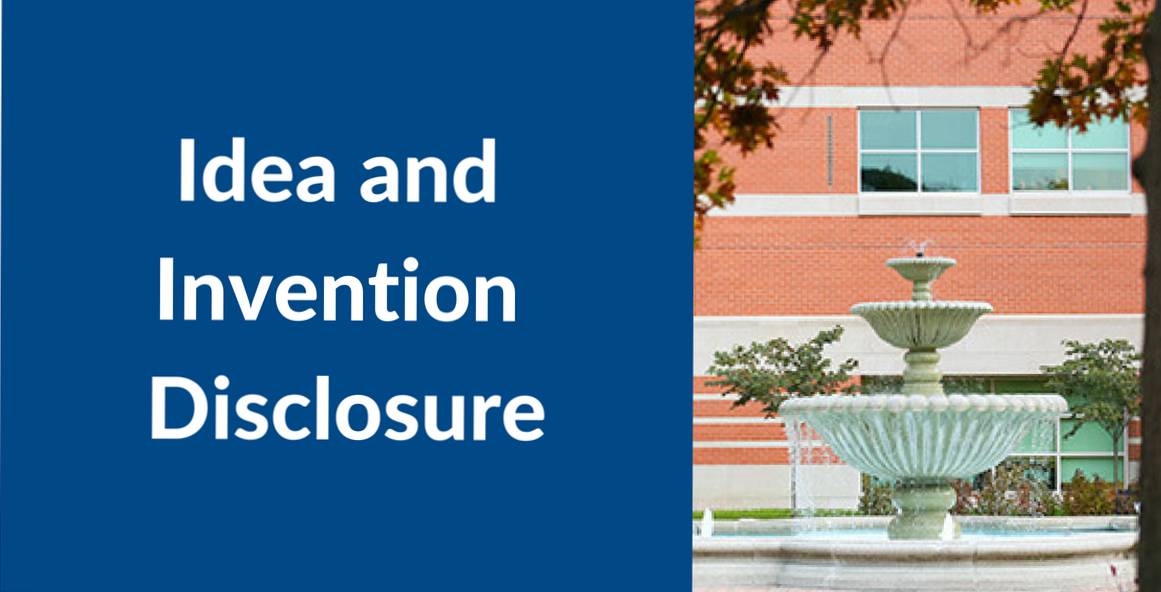
Step One: Idea and Invention Disclosure
Congratulations! You have created original work through your scholarship and collaborative works! Your first step in the process to protect your creative work is to submit an invention disclosure. Once submitted to the TCO, a member of the staff will meet with the inventors to review the technology and begin Opportunity Assessment. By submitting a disclosure, you enable the TCO to offer assistance and support you throughout the commercialization process.
What is an invention disclosure?
An invention disclosure is a confidential document that provides an overview of the creative work. The document addresses technical aspects of the invention, and helps you to identify what's novel about the invention, its advantages over the competition, its potential drawbacks, and possible commercial value. In addition, the invention disclosure addresses legal matters, such as ownership of intellectual property and who may be inventors. Completing the Invention Disclosure Form is fast and easy! If you want to learn more about GVSU policies on Intellectual Property, visit the Grand Valley State University's Policies and Procedures page.
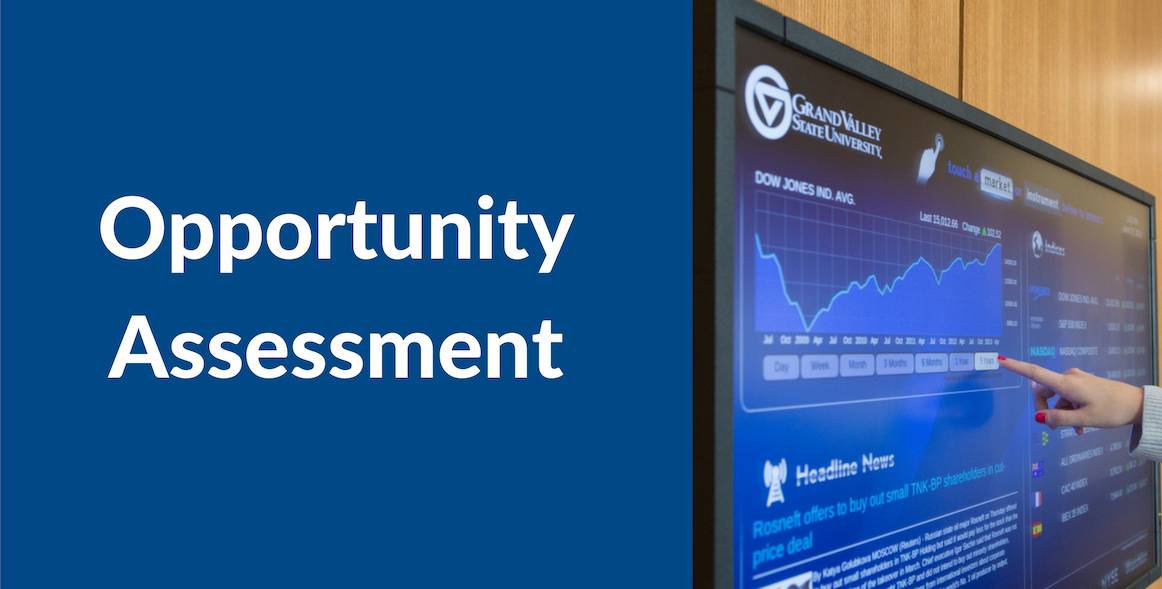
Step Two: Opportunity Assessment
Step 2, the TCO staff will screen for technical readiness, market potential, and patentability. To do so, we may engage expertise through specialized consultants. It is important that the inventor participate in the process and provide relevant insight to the invention. Assessment of inventions can require intensive research and could take up to 4 weeks. If the Opportunity Assessment shows the invention has commercial and technical merit, the opportunity to protect the creative work is presented to the GVSU Innovation Committee. If patent protection or marketing the technology is not feasible, the invention is released to the inventor, who can decide to post on the GVSU Innovation platform.
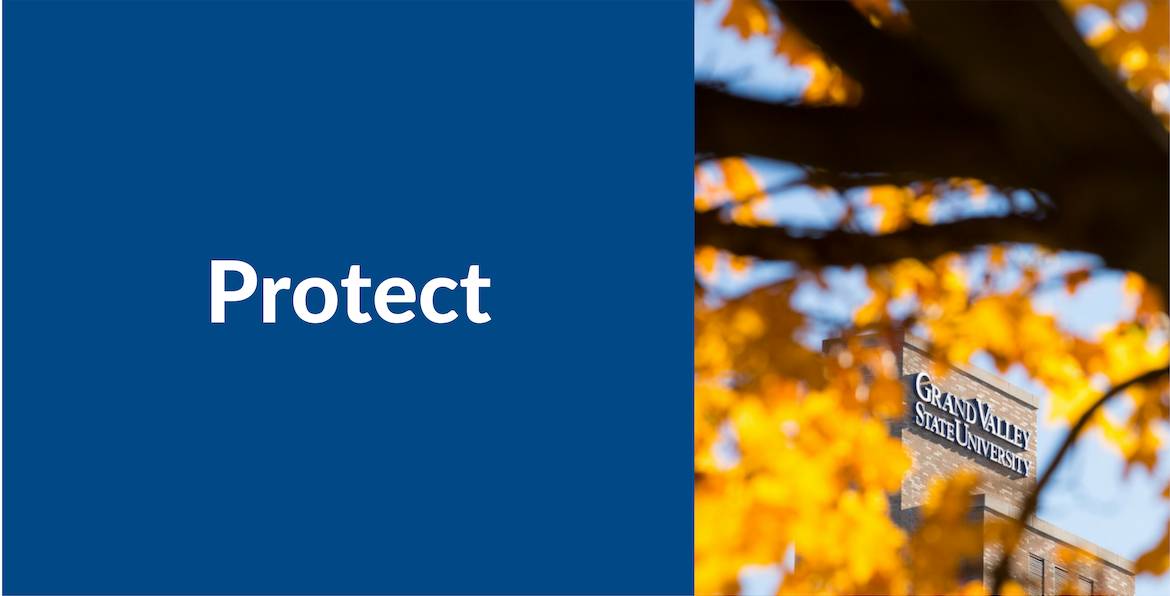
Step Three: Protect
It is important that the invention not be "publicly disclosed" before filing for a patent or patenting rights can be negatively impacted. Inventors will work with the TCO to guard against premature presentations and publications which could preempt potential for patenting. Confidentiality Agreements available though TCO may be used for detailed discussion with third parties until a patent application is filed. Depending on the invention and the results of the Opportunity Assessment, you may be asked to present at the GVSU Innovation Committee. If the GVSU Innovation Committee makes the decision to proceed with filing for a patent, the inventor and TCO will meet with patent counsel to draft the patent application. This can take up to 4 weeks, and is an iterative process between you, patent counsel, and the TCO.
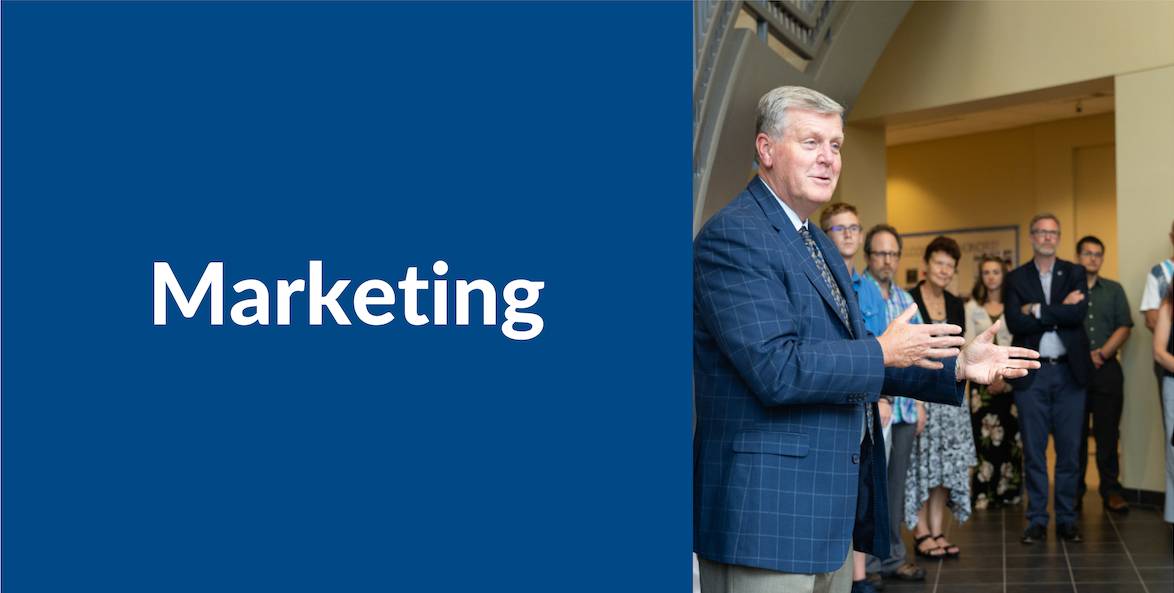
Step Four: Marketing
Once a patent application is filed, the TCO will contact potential licensees identified during Opportunity Assessment to determine the level of interest in engaging with the technology. If no interest or potential is confirmed within one year, GVSU will likely stop funding patent prosecution, and the technologies will be returned to the inventor.
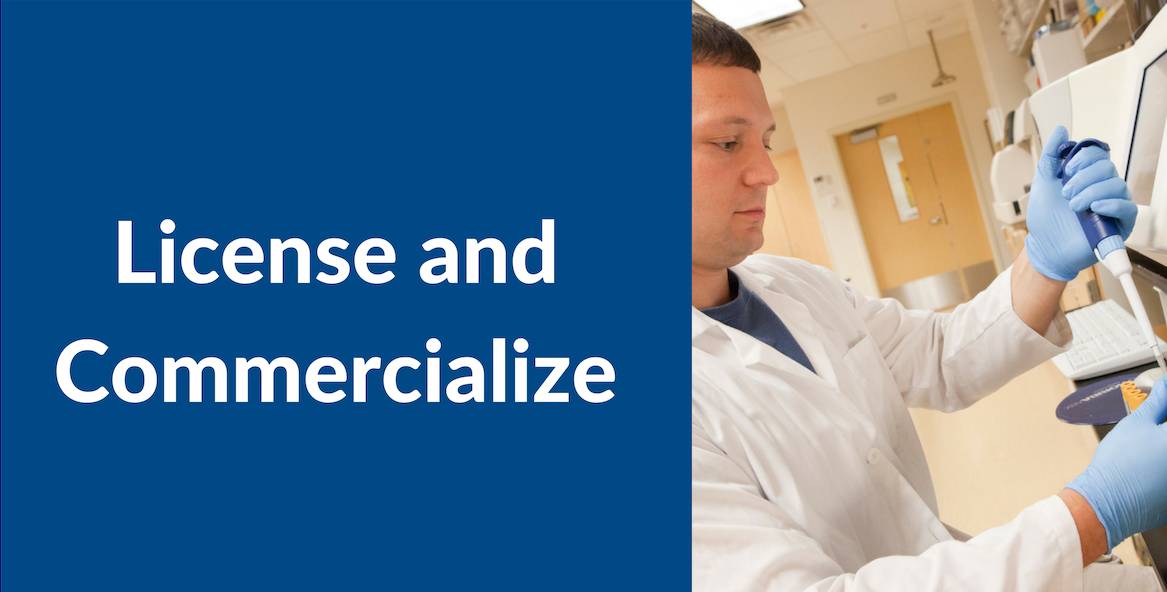
Step Five: License and Commercialize
The TCO will negotiate research collaborations and possible licensing of GVSU protected creative works. Negotiations can take several months, and may require further development of the invention or possible demonstration of the technology. Creators of the works are involved in the analysis, and often are required to support transfer of the invention to the licensee. After licensing, the TCO monitors licensee milestones and works with the Grand Valley Research Corporation (holder of GVSU licenses), to distribute license compensation. Compensation payments are distributed according to the GVSU Intellectual Property policy.

